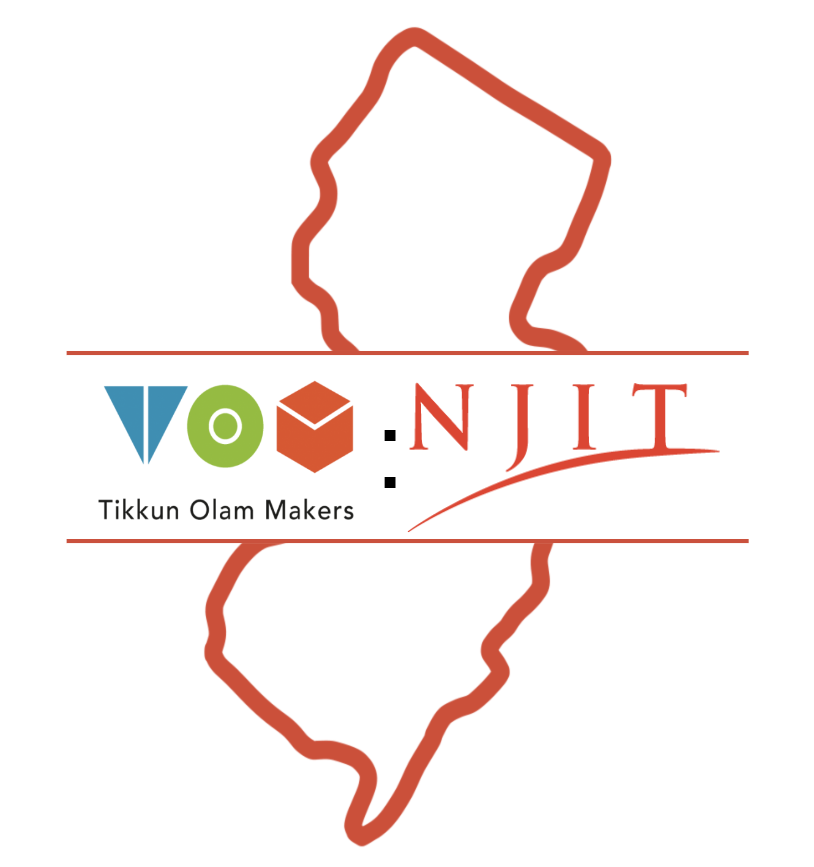As of September 17, trans fats have finally made their way out of Canada.
In 2017, Health Canada, the country’s publicbody responsible for national public health, moved to ban partially hydrogenated oils (PHOs), citing concerns for vulnerable members of the Canadian population. PHOs are the main source of industry-produced trans fats, according to Health Canada, and they are most often used to increase shelf life or attain a desired consistency or texture.
Theban requires all food manufactured afterSept.17to be devoid of trans fats. However, foods containing PHOsthat were made before the ban went into effect are allowed to be on shelves until 2020, allowing retailers to “exhaust [their] stock”.
This is a step in the right direction for Canada. TheWorld Health Organization has advocated for thereduction for years now, and countriesare starting totake action. Canada now joinsthe shortlist of countries thathave banned trans fats, and other countries should soon follow suit.
Trans fatsor PHOsare made when liquid vegetable oils are hardenedinto a solid or semi-solid formthrough the chemical process of hydrogenation. They were often added to foods for several years, adding flavor and texture while also extending shelf life. AsPHOScost less, and more stable, and less likely to go rancidthan naturalfats used in food production, itseemslike an obvious choice for companies to use.
Trans fats were once considered a healthy alternative to saturated fats, making them even more attractive to the food industry. However,this belief couldnotbe farther from the truth.Studiesfrom the 1990s show that trans fats raise ‘bad’ cholesterol levels while also decreasing ‘good’ cholesterol levels. Other studies show that these fats raise the risk of coronary heart disease along with type 2 diabetes. In 2002 the National Academies of Sciences’ Institute of Medicine deemed that no amount of trans fats was safe in any diet.
With all the negative aspects surrounding trans fats, why has it taken so long for Canada and othercountriesto ban it?
Canada has made attempts before to phase out the risky fat, to no avail. In 2004, a majority of members of parliament(MPs)agreed that the country should eliminate trans fats. Several years afterward, plans to ban trans fats were almost announced before being scrapped by Office of HealthMinister Leona Aglukkaq, who claimedit was a burden to the food industry.
In 2010, the Canadian government ended the Trans Fat Monitoring Program, prompting many to criticize the government’s lack of interest in the public’s health.
While most of Canada’s food supply met trans fats goals, certainpopulationgroupswere still atrisk. It wasn’t until the United States announced a ban on trans fats in that newly-elected prime minister Justin Trudeau asked his health minister to look into instituting tougher regulations on the fat. A couple of years later, the fat was added to the List of Contaminants and Other Adulterating Substances.
With the ban, Canada will be joining the likes of Denmark, Sweden and surprisingly, the United States, amongcountries tohave banned thefat. The United States placed a ban on PHOsin 2015 which prompted Canada to do the same.
While the ban was plannedto go into effect this year, the United States government gave companies another year to find a replacement for the fat. For the students at NJIT, it’s safe to assume your delicious meals at GDS are devoid of any trans fats. However, both Taco Bell and Smashburger use trans fats, though they will be required to create a substitute by July 2019.




























